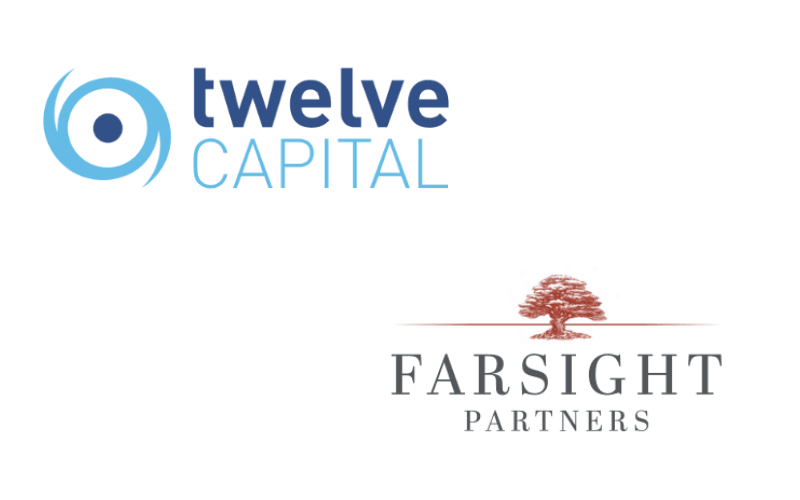Life ILS – A very stable profile, offering true diversification: Twelve Capital, Farsight

The well-established and growing life insurance-linked securities (ILS) segment offers a very stable profile and true diversification for investors, both within ILS and when compared to traditional asset classes, according to industry experts.
Last week, Zurich-headquartered insurance and reinsurance linked investment manager, Twelve Capital, hosted a webinar focused on the life ILS segment.
The insightful discussion featured Urs Ramseier, CIO, Twelve Capital and Paul Whiting, CEO & CIO, Farsight Partners, a specialist life ILS boutique, who explored, among other things, the rationale for investing in the life side of the ILS asset class.
When the ILS market started to develop many years ago, there were transactions on the life side, so while smaller than the non-life component, it’s a well-established segment within ILS.
“We must not forget that life provisions and the life business in insurance is by far bigger than non-life. So, the potential of risk transfer to the financial market is huge. And from that point of view, this is certainly something very interesting to look at. It’s smaller than non-life still, but I’m convinced that this is a segment which has very good growth potential,” said Ramseier.
One of the questions often asked of Farsight Partners, and likely of other ILS players with a focus on life business, is why to invest in life ILS rather than the equity of a life insurance company.
“Insurers have three main pillars of operations,” said Whiting. “They typically run very large asset portfolios, invested in a range of assets, but typically, bonds, maybe equities, property, and so forth. Then they have the insurance operations. And then they have things like marketing, back office administration, various operational components.”
“What we’re trying to do with life ILS is isolate the insurance component so that investors can get direct exposure to those risks that are typically diversifying to their asset portfolio, rather than just doubling up with an indirect exposure to the same assets,” he continued.
Whiting noted that owing to the heavy asset exposure inherent with life insurers, for investors, life ILS provides valuable diversification.
“It’s also diversifying to natural catastrophe and has a very different risk profile. Rather than focusing on tail risks and high return, but relatively frequent occurrences of potentially large losses, life tends to be less high return, but a very stable profile,” he said.
To conclude, Ramseier expanded on the diversification point.
“Life ILS offers a true diversification, not only compared to traditional asset classes, such as equity, fixed income, or real estate, but also within ILS, especially in comparison to the non-life market, the cat bond, or the private ILS market. So, it’s really complimentary to such an investment.
“The type of risk is also different. In the non-life we deal with very infrequent events, severe events, so we call this tail risk, and on the life side it’s more the frequency or the trend risk. So, it’s a completely different nature of risk and exposure,” he said.
Adding, “What we have said at the beginning, the life industry is a very important industry. It’s a big industry, but it’s also important to society. It provides financial protection to people. So very significant also social benefits.
“And by investing or offering life ILS funds, we basically help with financing these social benefits and provide the capital required to this industry.”
As we wrote previously, Twelve Capital and Farsight have entered into a life ILS strategic partnership, driven by the opportunities they see to bring capital markets funding to the life re/insurance market.






